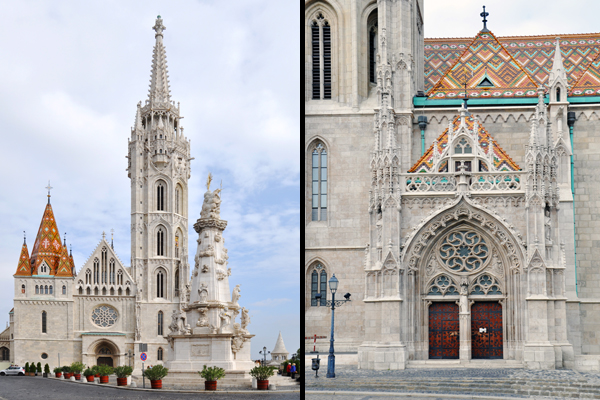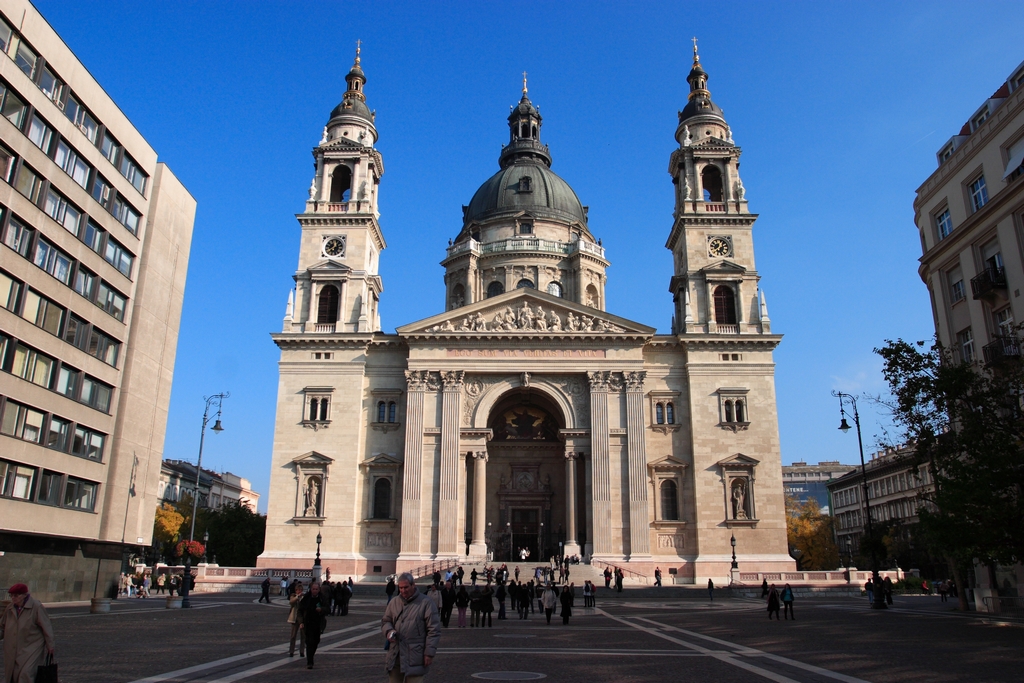The oldest Evangelical Church to be found in Budapest is situated at Deak tér. This is a so-called room church as it doesn’t have towers.
It was built in 1799-1808 according to classicist rules, following the plans of Mihály Pollack. At first the building served as a storage hall for soldier clothing, and was finally consecrated in 1911. It doesn’t have a tower, so it is not supposed to have a bell either. However, at the turn of the 21st century the church was given a set of bells operated by computer, which plays a tune several times a day. Numerous surrounding institutions belong to the church: an evangelical grammar school, an office of ministry, ministry apartments, a bookshop, a museum and a kindergarten.


